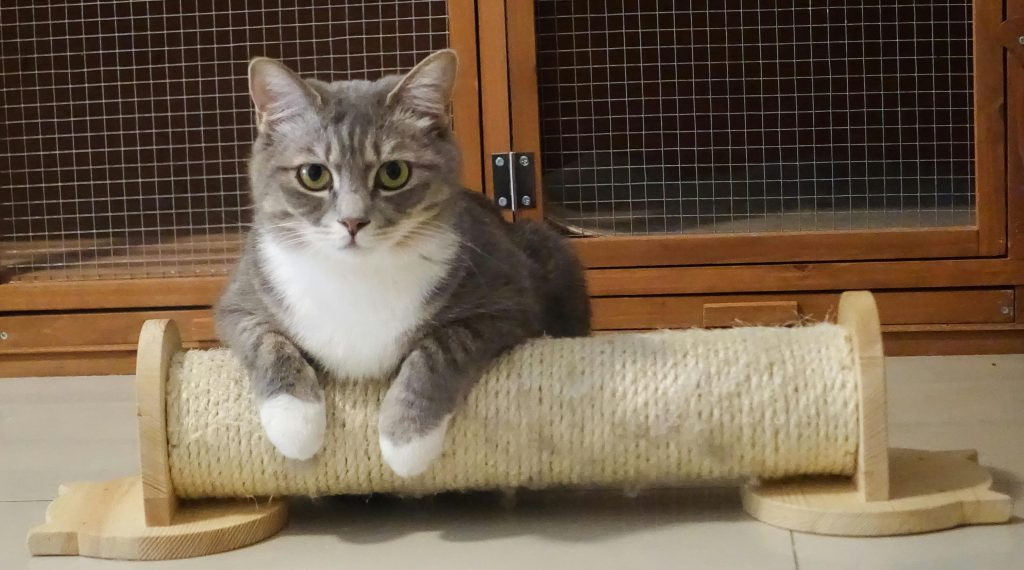1. Grooming (Licking Fur)
When cats lick their fur, it helps remove dead hair and skin cells. At the same time, the rough texture of their tongue provides a form of self-massage, which stimulates blood circulation.
This grooming behavior may also have an emotional root—many cats associate licking with the comforting memories of being licked by their mothers during kittenhood.
2. Rubbing (Scent Marking)
When cats rub against objects, it’s their way of marking territory. The scent they leave behind fades quickly, so rubbing and patrolling their environment becomes part of their daily routine.
When a cat rubs its head on your hand or legs, it’s more than affection—it’s a friendly greeting and a sign of recognition.

3. Eye Contact (Feline Communication)
Since cats can’t speak, they often use eye contact to express their needs and emotions.
For example, if your cat gives you a playful look and you ignore it, it may escalate the request—by dramatically flopping onto your keyboard to steal your attention. That’s their way of saying, “Play with me now!”
4. Kneading (Nursing Behavior)
Cats love to knead soft objects like towels or blankets. This adorable behavior, known as kneading, is a form of affection and comfort.
While kneading, cats alternate their front paws, rhythmically pressing and opening their paw pads, as if they’re mimicking the motion they once used to stimulate milk from their mother during nursing.

